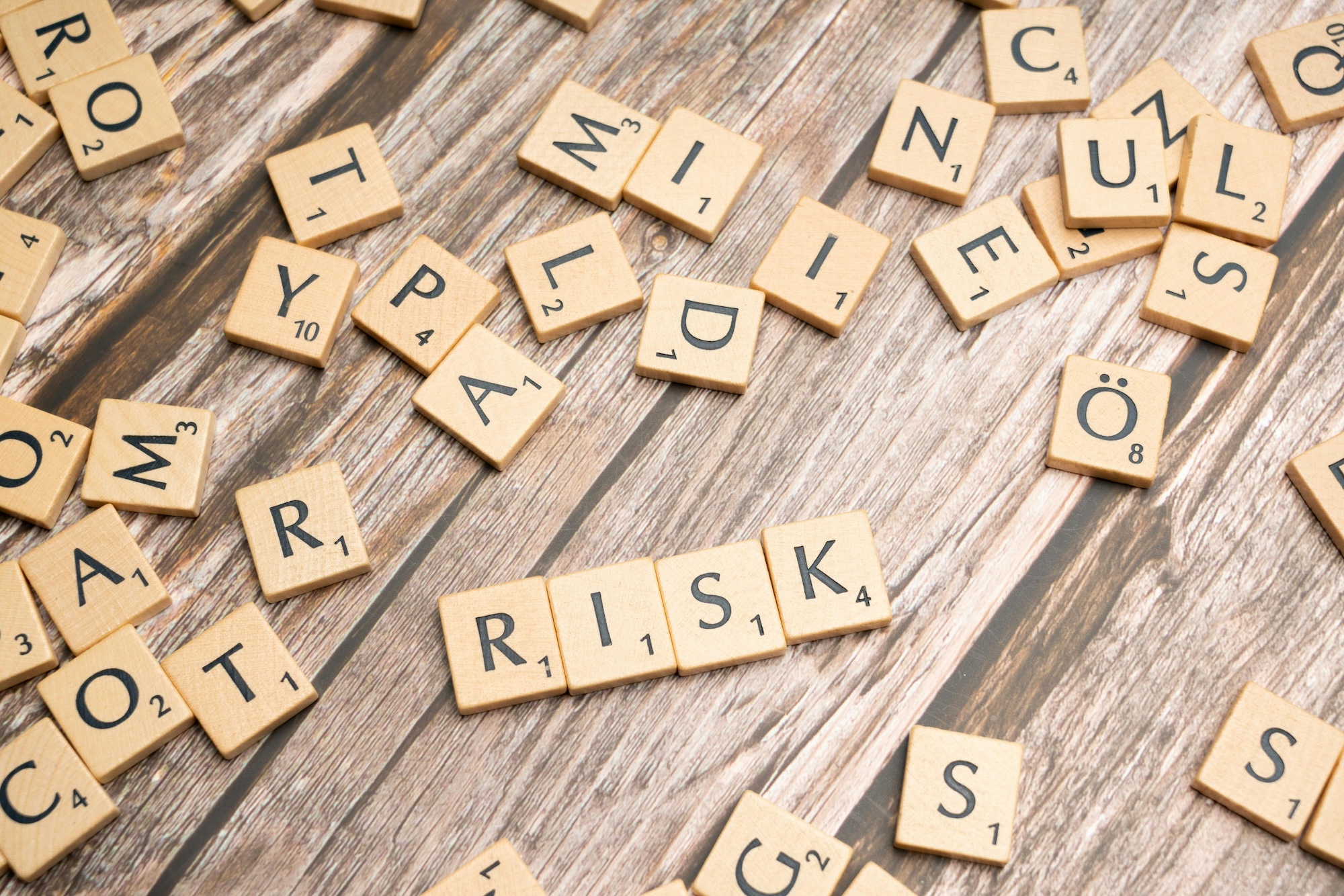Safeguarding corporate reputation is a paramount concern for organizations. A robust Quality Assurance (QA) process is not just a tool for ensuring product quality; it is a strategic asset that plays a crucial role in identifying and mitigating risks. This article delves into the connection between QA and risk management, provides actionable strategies for proactive risk mitigation through QA, showcases case studies of companies successfully managing risks through QA, and discusses the long-term impact of QA on corporate reputation.
Understanding the Connection between QA and Risk Management
1. Identifying Potential Risks:
QA goes beyond testing for functionality; it involves assessing potential risks associated with the product or service.
Identifying risks early in the development process is a core aspect of QA excellence.
2. Ensuring Regulatory Compliance:
QA processes include adherence to industry standards and regulatory requirements.
Compliance with regulations is essential for avoiding legal issues and reputational damage.
3. Mitigating Security Risks:
QA plays a crucial role in identifying and mitigating security vulnerabilities.
Security testing and assessments are integral components of QA processes to protect against data breaches and cyber threats.
4. Enhancing Customer Experience:
A positive customer experience is essential for maintaining a positive corporate reputation.
QA ensures that products meet or exceed customer expectations, reducing the risk of negative feedback and customer dissatisfaction.
5. Managing Project Risks:
QA processes extend to project management, helping identify and manage risks associated with timelines and resource allocation.
Proactive risk management in project execution is a hallmark of effective QA practices.
Strategies for Proactive Risk Mitigation through QA
1. Early and Continuous Testing:
Begin testing early in the development lifecycle to identify and address issues in the initial stages.
Continuous testing throughout the development process minimizes the risk of undetected defects.
2. Implement Risk-Based Testing:
Prioritize testing efforts based on the level of risk associated with different functionalities.
Allocate resources to areas with higher risk to ensure thorough testing of critical components.
3. Comprehensive Security Testing:
Conduct thorough security testing, including penetration testing and vulnerability assessments.
Identify and address security risks before products are released to mitigate potential threats.
4. Test Automation for Regression Testing:
Use test automation to streamline regression testing and ensure that new updates do not introduce unintended issues.
Automated regression testing contributes to faster release cycles with reduced risks.
5. Collaboration Across Teams:
Foster collaboration between QA teams and other departments, including development and operations.
Collaborative efforts ensure that potential risks are identified and addressed from multiple perspectives.
6. Regular Risk Assessments:
Conduct regular risk assessments during the development process.
This proactive approach allows teams to identify emerging risks and take preventive measures.
Case Studies of Companies Successfully Managing Risks through QA
1. Boeing:
Boeing, a global aerospace company, emphasizes rigorous QA processes in aircraft development.
QA practices at Boeing include extensive testing to identify and mitigate potential safety risks, ensuring the company’s commitment to excellence and safety.
2. Facebook:
Facebook, a social media giant, employs comprehensive QA processes to manage security and privacy risks.
Regular security testing and audits contribute to Facebook’s ability to address potential threats and protect user data.
3. Johnson & Johnson:
Johnson & Johnson, a healthcare conglomerate, places a strong emphasis on product quality and safety.
QA practices in pharmaceutical development include stringent testing to identify and mitigate risks associated with product efficacy and safety.
The Long-Term Impact of QA on Corporate Reputation
1. Building Customer Trust:
Consistent delivery of high-quality products builds trust with customers.
A positive track record of quality products contributes to a positive corporate reputation over time.
2. Mitigating Brand Damage:
Effective QA practices prevent the release of defective products that could damage the brand.
Mitigating risks through QA safeguards the brand’s integrity and avoids negative publicity.
3. Meeting Stakeholder Expectations:
Stakeholders, including customers, investors, and regulatory bodies, have expectations regarding product quality and safety.
QA excellence ensures that these expectations are met, fostering positive relationships with stakeholders.
4. Adaptability to Market Changes:
QA processes that include risk management strategies enable organizations to adapt to changing market dynamics.
The ability to respond proactively to emerging risks enhances the organization’s resilience and reputation.
5. Continuous Improvement and Innovation:
QA excellence involves a commitment to continuous improvement.
Organizations that prioritize QA are more likely to innovate and adapt, contributing positively to their long-term reputation.
Quality Assurance is not just about finding and fixing defects; it is a strategic discipline that safeguards corporate reputation by identifying and mitigating risks.



